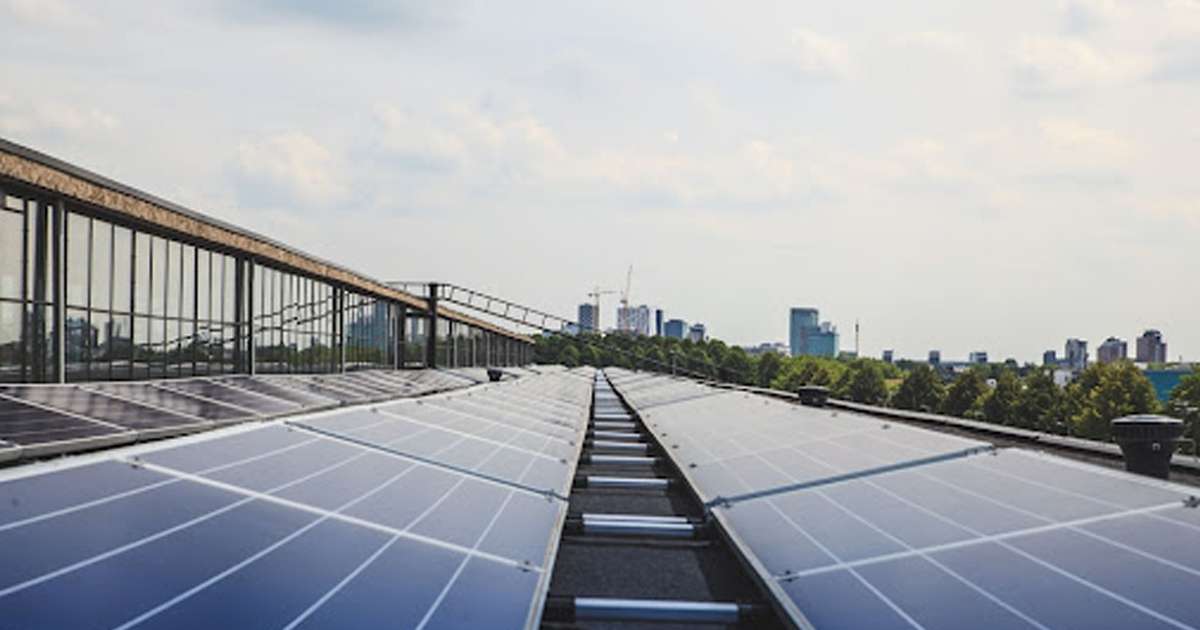
Converting your business to be dependent on solar power can be a great way to cut down on energy bills and store energy for when you need it most.
Solar battery systems allow businesses to store excess energy to use when there is no electricity, or during the night when the sun is no longer shining.
A solar battery storage system can also create a “smart grid” for your business by reacting to power cuts and releasing stored energy.
Below we have collected five of the most common uses of solar battery storage systems for businesses.
1. No more paying for electricity
Although the installation of a solar energy system can have high initial costs, it will help you save money in the long run.
Most businesses use battery storage to reduce their electricity bills. Social Energy offers affordable solar batteries for your business.
During the day, you can directly use the energy generated by the solar panels, and during the afternoon (especially in winter) and at night, you can switch to the excess electricity that has been stored in the batteries.
That way you no longer have to pay for electricity generated by the national grid system.
2. Using stored energy at night
The best reason to install a comprehensive solar energy storage system is so that your business can still use solar energy even when the sun isn’t out.
Lithium-ion batteries (or whatever type of solar battery you install) capture all excess solar energy when the sun is out.
During the night, or during dark winter days, the solar batteries releases this extra electricity straight into the electric connections that you have set up, and can power lights and plugs.
3. Avoid peak hour electricity prices
If your energy provider uses peak hour rates, then using electricity during these times will be more expensive.
Although peak hours are mostly in the afternoon and evening when businesses start shutting down, when you work late you may be caught needing electricity in these peak hours.
By using your solar battery, you can use your stored electricity during peak hours and avoid paying a hiked up price.
4. Energy storage systems reduce carbon footprints
Despite a large move towards renewable energy, most national grid electricity is still produced by the burning of fossil fuels.
If you have an existing solar PV system, you are already on your way to cutting down your carbon footprint, however, a battery system will reduce this even further.
This is because installing a battery storage system will allow you to entirely remove your business from the electrical grid.
5. Longevity of solar panels and solar batteries
With electricity being treated as a commodity – being bought and sold at market prices – businesses that use grid electricity is not protected from future expenses and increases in market price.
Although the government has committed to being less dependent on fossil fuels in the future, there will still be fluctuations in costs associated with grid electricity.
Installing solar panels and a battery storage system for your business will protect the future of your business, and also your bottom line.
Your business will have a lower electrical consumption cost, and your business will have consistent electricity without worrying about increased expenses.

Conclusion
Many homes have turned to solar panels and battery storage solutions to provide the household with electricity during the day and night.
The uptake with businesses have been slower, but as the above list indicates, a business only stands to benefit from installing or upgrading existing solar PV systems with batteries to store excess power.
By storing your own electricity generated throughout the day, your business will significantly reduce its annual energy bills and also have uninterrupted electricity even if there is a power cut on the national grid.














